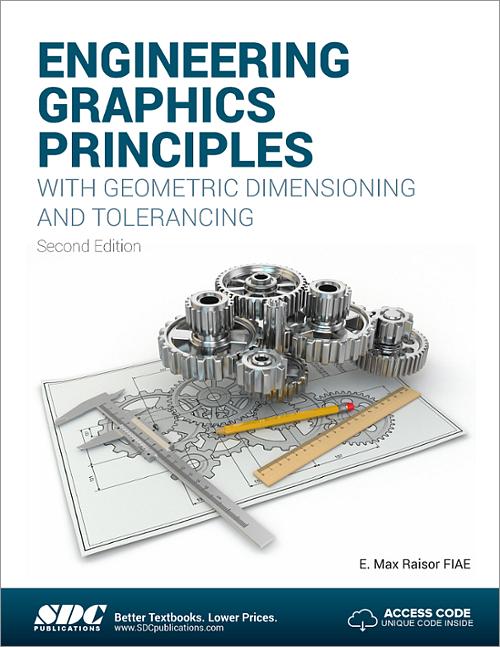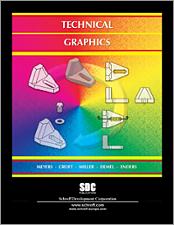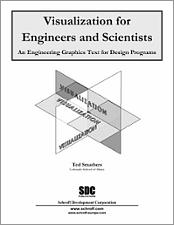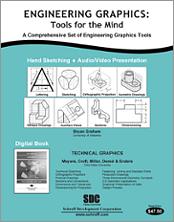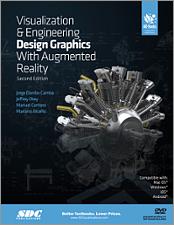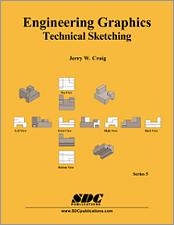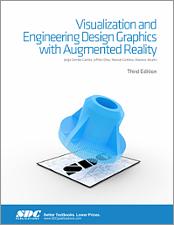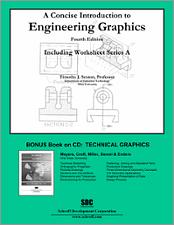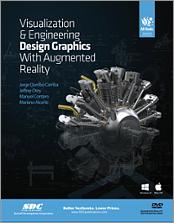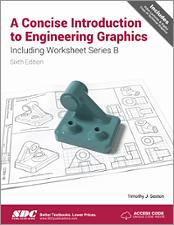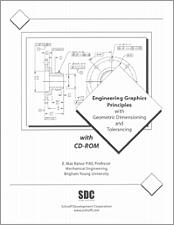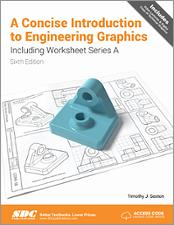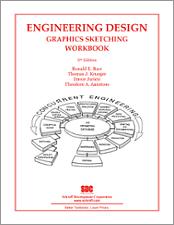Engineering Graphics Principles with Geometric Dimensioning and Tolerancing
- Description
- Contents
- Downloads
- Details
Description
Key Features
- Teaches you the basic concepts and applications of engineering graphics, and geometric dimensioning and tolerancing
- Focuses on modeling and defining part geometry on mechanical components and assemblies
- Contains both a print book and digital content to further aid learning
- There are no prerequisites for using these materials
In Detail
Engineering Graphics Principles with Geometric Dimensioning and Tolerancing embodies a practical experience, and introduces a new approach for learning the basic concepts and applications of engineering graphics, and geometric dimensioning and tolerancing. The materials in the book and the accompanying digital download comply with the ASME Y14.5M-1994 standard, and use various instructional methods to heighten their effectiveness as a teaching and training tool.
There are no prerequisites for using these materials. If you have had manual or CAD graphics, or machine shop background in high school, college, or in an industrial application, you may find some of the introductory materials repetitive and less challenging. However, because all of the materials parallel the ASME Y14.5M - 1994 standard, there is a strong possibility that some portion of the information will be new and challenging to you.
Engineering Graphics Principles with Geometric Dimensioning and Tolerancing is comprised of both a print book and digital content. A major portion of the instructional material is included on the digital download. The digital materials include exercises and self-evaluation materials.
More than anything else, these materials deal with modeling and defining part geometry on mechanical components and assemblies. Everything in the materials point to the importance of appropriate specification and control of part geometry, including dimensioning, tolerancing, and verification of geometric characteristics and relationships.
The book begins with an abbreviated overview of the historical significance of graphics as a means of conveying and documenting design iterations and modeled configurations. However, it stops short of philosophizing on the design process and cycles of design.
Four specific modules have been designed to assist you in the introduction and/or review of basic concepts related to elements of view selection, orientation, projection, and standards for defining geometry. These units focus on orthographic projection, auxiliary views, sectioning, and coordinate dimensioning and tolerancing.
Table of Contents
- Introduction
- Introduction to Orthographic Projection
- Auxiliary Views
- Sectioning
- Coordinate Dimensioning and Tolerancing
- Introduction to Geometric Dimensioning and Tolerancing
- Form Tolerances
- Datums and Datum Targets
- Orientation Tolerances
- Location Tolerances
- Profile Tolerances
- Runout Tolerances
Appendices
Downloads
Exclusive Content
These files are only available to customers who have registered their book with the unique access code that comes with the book and authenticated instructors. Ebook owners can send us a proof of purchase to gain access to these files. You must log in or register to access these files. Visit our FAQ page for more information.
For additional information on downloading, unzipping, and using these files visit the downloads section on our Frequently Asked Questions page.
Product Details
| Publisher | SDC Publications |
| Authors | E. Max Raisor FIAE |
| Media Types | Print Book, eBook |
| Primary Languages | English |
| Published | April 11, 2017 |
| User Level | Beginner |
| Pages | 190 |
| Binding | Paperback |
| Printing | Black and White |
| Print ISBN | 978-1-63057-121-4 |
| Print ISBN 10 | 1630571210 |
| eBook ISBN | 978-1-63056-931-0 |
